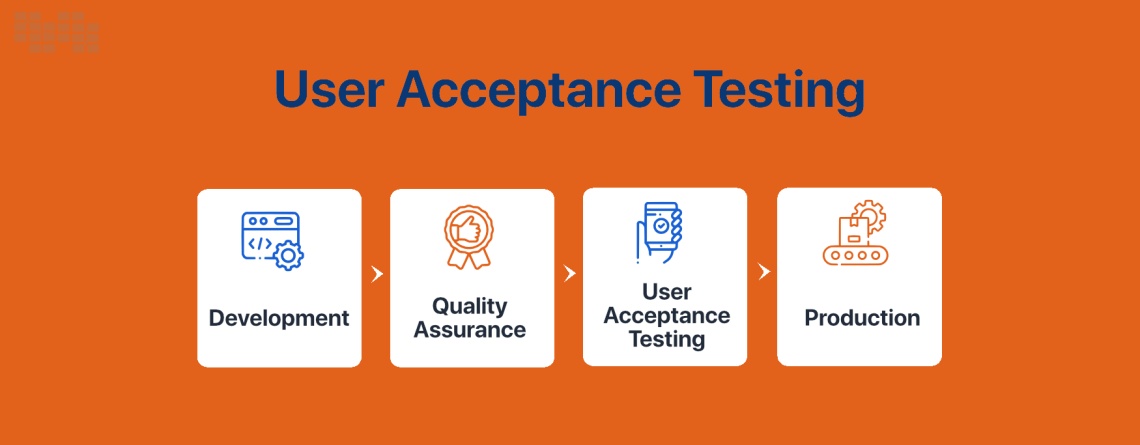Mastering User Acceptance Testing: The Ultimate Guide to Quality Assurance in Software Development
One of the most important stages in the software development process is user acceptance testing (UAT). It is a sort of testing that assesses a software application’s readiness for deployment based on its capacity to fulfill both user and business demands. In order to make sure the software satisfies their requirements and expectations, UAT is often carried out by end users or subject matter experts (SMEs).
We’ll go through user acceptance testing’s definition, value, and methodology in this blog article.
What is User Acceptance Testing (UAT)?
The last stage of testing before a software program is made available is called user acceptance testing (UAT). It is a technique of ensuring that the software satisfies both user and business requirements. End users or subject matter experts (SMEs) who utilize the product in a real-world setting often undertake UAT.
UAT’s main objective is to make sure the software program is user-friendly and satisfies user needs. Additionally, it is used to ensure that the program is error-free and functioning as planned.
Why is User Acceptance Testing (UAT) Important?
User acceptance testing holds significant importance due to several reasons. Firstly, it guarantees that the software fulfills the user requirements by identifying any potential issues or flaws before its public release. The UAT process plays a critical role in ensuring the software’s high quality and readiness for release.
Moreover, UAT also plays a crucial role in reducing the risk of software failure. Without undergoing UAT, there is a possibility that the software may not meet the user’s expectations, resulting in negative feedback, poor adoption, and decreased revenue. Therefore, UAT helps in mitigating these risks by identifying potential issues and problems with the software beforehand.
How is User Acceptance Testing (UAT) Performed?
In a test environment that replicates the real-world setting in which the software will be used, user acceptability testing is often carried out. All of the gear and software that the end users will be using should be included in the test environment to make it as realistic as feasible.
The following steps are often part of the UAT process:
- Define the Test Plan: The first step in the UAT process is to define the test plan. The test plan should include a list of test cases, test scenarios, and expected results.
- Define the Test Environment: The next step is to define the test environment. The test environment should be a replica of the real-world environment in which the software will be used.
- Execute the Test Cases: The next step is to execute the test cases. The test cases should be executed in the order defined in the test plan. The results of each test case should be recorded.
- Report Issues: If any issues or problems are identified during the UAT process, they should be reported to the development team. The development team should then address these issues and fix any bugs or errors.
- Sign-Off: Once the UAT process is complete, the end-users or SMEs should sign-off on the software. This indicates that they have tested the software and are satisfied with its functionality.
Conclusion
An essential step in the software development process is user acceptance testing. It makes sure the software is high-quality and satisfies the needs of the consumers. A test environment that replicates the real-world setting in which the program will be utilized is used for UAT. In the UAT process, the test plan, test environment, test cases, reporting problems, and sign-off are all defined.













Leave a Reply